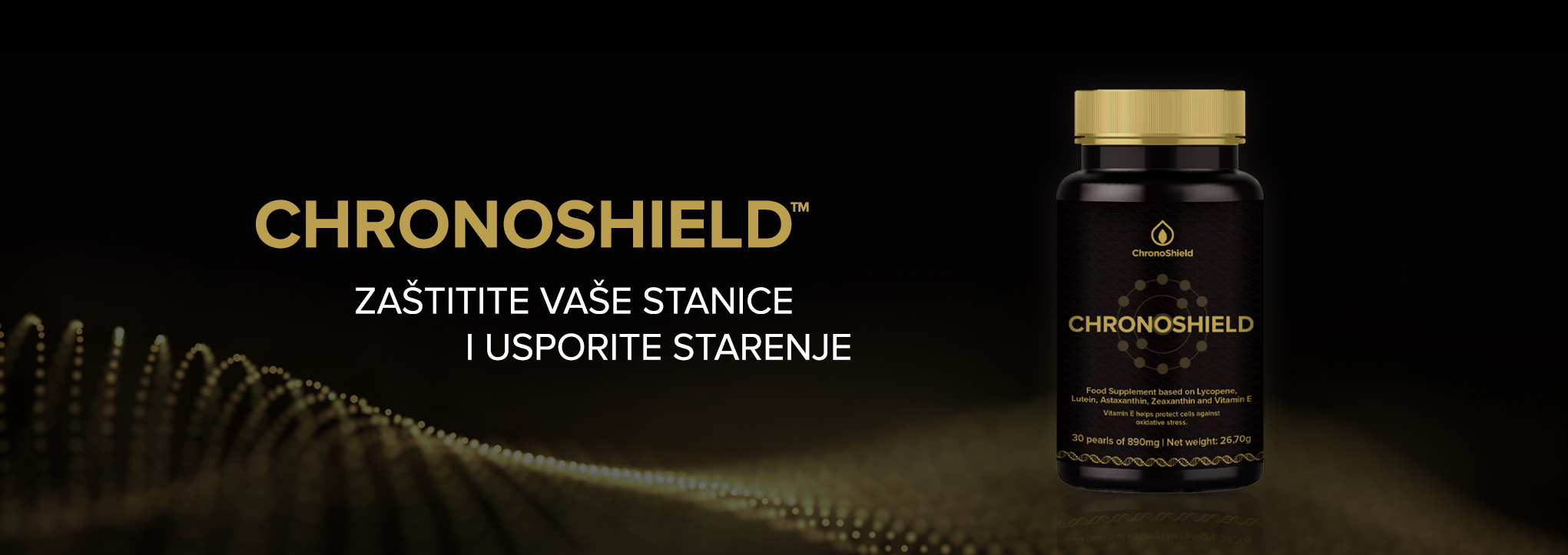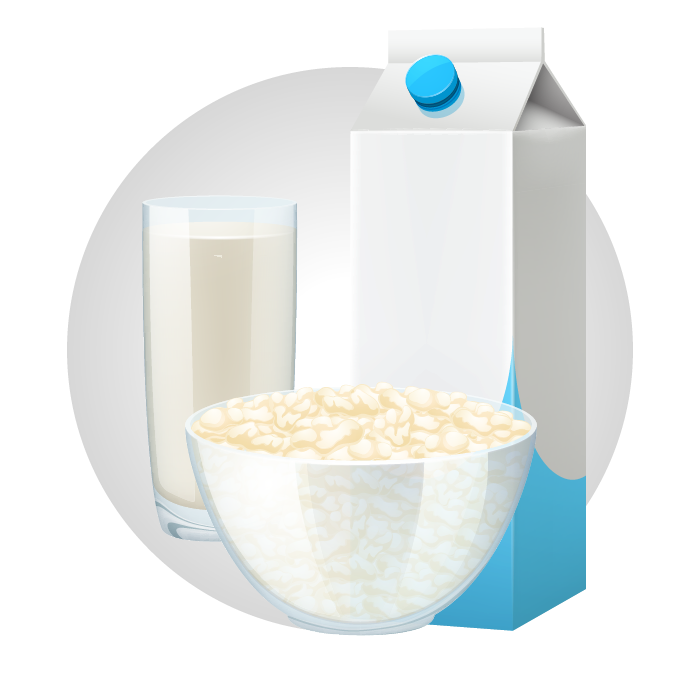
Supplement information: CALCIUM
| Image |

|
|---|---|
| General description |
Soluble in solvents such as alcohol and other dilute acids
|
| Found |
- milk, yogurt - egg yolk - fish (sardine, salmon) - soybeans, soy milk - almonds - green leafy vegetables (kale, broccoli) - sesame seeds - tofu |
| Anti-aging role |
- transmission of nerve impulses - regulation of muscle contraction and relaxation - regulation of blood clotting - regulation of metabolic activities - prevent osteoporosis, rickets, osteomalacia - lower high blood pressure - lower cholesterol level - natural tranquilizing effects - prevent colorectal cancer |
| Deficiency symptoms |
- nervous spasms - facial twitching - weak feeling muscles, cramps - rickets, osteoporosis, osteomalacia - slow growth in children - heart palpitation - slow pulse rate - height reduction - colon cancer - convulsion - the most common cause of calcium deficiency is parathyroid gland disorder, chronic kidney disease, vitamin D deficiency, alcoholism |
| Therapeutic doses |
1000 - 1500 mg RDA 19 - 50 year: 1000 mg RDA 51 - over: 1200 mg Pregnancy: 1200 mg European RDA: 800 mg |
| Maximum safe level |
1500 mg - long term usage 1900 mg - short term usage |
| Side effects |
- associated with high doses and usually in combinations with calcium antacids - constipation - diarrhea - dry mouth - increase thirst - increase frequency of urination - persistent headache - loss of appetite - nausea, vomiting - irregular heartbeat - persisting itching - mental changes - people with hypercalciemia have increased risk of kidney stones |
| Contraindications |
- kidney and thyroid disease
|
| Interactions |
DRUG INTERACTIONS: - thiazide diuretics - intravenous calcium supplements decrease calcium channels blockers - calcium supplementation and eating calcium - rich food at the same time may decrease tetracycline, quinolones, biophosphonates, and levothyroxine absorption - simultaneously usage of H2 blockers and proton pumps blockers may decrease calcium absorption from calcium carbonate and phosphate - glucocorticoide therapy may decrease intestinal calcium absorption FOOD INTERACTIONS: - vitamin D is essential for normal calcium absorption - high sodium intake increase urine calcium secretion - high protein intake increase calcium absorption, but also increase urine calcium secretion - phosphorus increase calcium secretion - phosphorus and calcium salts can not be absorbed - caffeine increase urine calcium secretion |
| High risk groups |
- pregnant and lactating women - women in menopause, premenopause and postmenopause - children, adolescents - women using child birth pills based on estrogen - patients using glucocorticoids - people with acute pancreatitis and kidney insufficiency - underweight persons - people with anorexia and/or bulimia - chronic alcoholics - people with peptic ulcer - people who received transplant lately - patients on dialysis |
| Composition formulas |
- citrate, carbonate, hydroxiapathite - best utilization - citrate - usually in combinations with vitamin D, magnesium and zinc |
| Other remarks |
- 99% of body calcium is contained in teeth and bones (hydroxiapatite) - calcium is insoluble in alcohol and diluted solvents |